Hope there are some neural network heads out here who can help with this! (:
Background: I'm using an accelerometer to draw shapes in the air, and I'm wondering if it's possible to use a neural network to detect what shape I've drawn.
Let's assume I have a predefined 'vocabulary' of 3 possible shapes (say, circle, oval, figure of eight). I draw many circles, collect the resultant accelerometer data, and preprocess it to produce a set S of N (x,y,z) vectors. (The x, y, z are acceleration values.)
Finally, I have a neural network with 3 boolean outputs (circle, oval, fig-8).
My question: What should my inputs be?
Only solution I can think of: Have 3N inputs (x1, y1, z1, x2, y2, z2, ..., xN, yN, zN).
My concern: Such a solution doesn't tell the neural network that x1, y1, z1 are related to each other, that they have the same timestamp. From what I understand, the neural network should be given information about this 'relationship' in some way. Is that necessary? If yes, is it possible to do this in this specific case, and how? Is a neural network completely the wrong solution for this problem of shape-detection-from-accelerometer-data?
